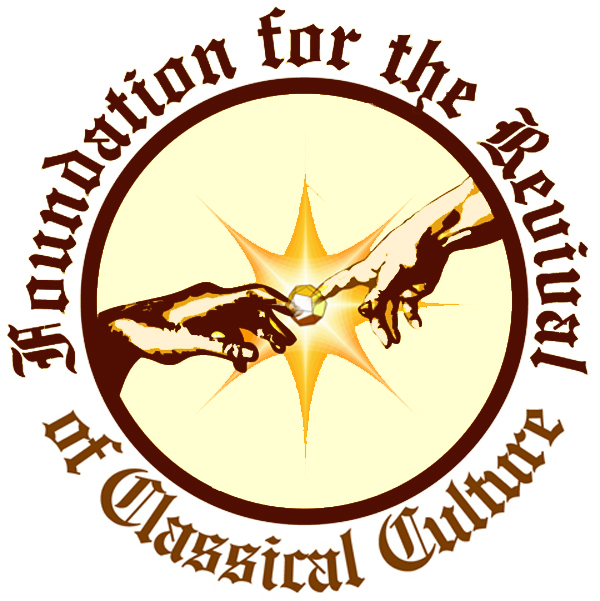Daily Dose of Beethoven (September 1, 2020)
In his introduction to Beethoven's “33 Variations on a Theme by Diabelli”, Anton Diabelli himself wrote:
“...all these variations, through the novelty of their ideas, care in working-out, and beauty in the most artful of their transitions, will entitle the work take place beside Sebastian Bach's famous masterpiece in the same form.”
Diabelli was correct. Bach's “Goldberg Variations” was the only predecessor worthy of Beethoven. Bach's and Beethoven's monumental works share several things in common:
1. Both encompass the entire world of music as known.
2. They are both very long, and exhaust the possibilities
3. Both push compositional and keyboard techniques to the limit.
4. The penultimate variation of both is a contrapuntal tour-de force
5. Both composers used the term "Veranderungen" rather than "Variationen", which can mean "Transformations", as well as Variations.
Let us begin with Point No. 1.
Bach was a student of music. He studied not only music of the past, but also contemporary music of every nation. He adopted the best, and rejected the worst of each.
A: Bach admired French keyboard technique as the most advanced, and adapted certain aspects of it in his own way. His Variation 16, half-way through the Goldberg Variations, is entitled "Ouverture". It is clearly modelled on a French Overture, which begins in a slow and stately, perhaps even pompous manner, full of dotted rhythms, trills, and quick runs; followed by a more rapid fugue-like passage.
Here is an example of French keyboard by Jean Baptiste Lully, from the 17th century court of Louis IV:
Bach's Variation 16 follows the pattern:
B: Bach followed Italian developments very closely, including how bel-canto singing affected instruments. He composed an organ "Fugue on a Theme of Corelli", and transcribed works of Vivaldi. His son, CPE wrote that his father combined French keyboard technique with the suavity of Italian bel-canto singing.
The Goldberg Variations feature some beautiful representations of the bel-canto voice on the keyboard. Here is a beautiful rendition of the opening aria by the great Bach scholar and performer Rosalyn Turreck:
Variation 25 was named by Wanda Landowska "The Black Pearl." Despite the thin sound from her 1933 recording on an inadequate harpsichord, she plays it like an operatic aria:
Ask yourself how it compares to this aria from Pergolesi's Stabat Mater:
Giovanni Battista Pergolesi was an Italian composer best known for the afore mentioned “Stabat Mater” and opera “La serva padrona” (The Maid Turned Mistress). Unfortunately, he passed away in 1736 at the age of 26. Bach, who was not exactly short of ideas, admired Pergolesi enough, that he copied the opening of his Stabat Mater verbatim in his Psalm 51. This was not considered plagiaarism, but a lovng tribute.
Bach: Psalm 51. BWV 1083:
https://youtu.be/DNH-4t-rLnc
Pergolesi: Stabat Mater Opening:
https://youtu.be/pyHb-M3pZGM
Tommorow: Bach's contrapuntal mastery.
